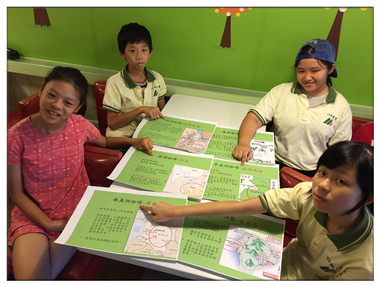|
Coffee Beans Categories
Arabica &
Robusta
|
Item
|
Arabica
|
Robusta
|
Shape of
beans
|

|

|
|
Planting
conditions
Temperature:
15 ~ 25
℃
Equatorial
= coffee
zone
|
With
higher
sensitivity
to the
environment,
Need
more
concern
about
planting
600 ~
2000M
altitude
above |
With
strong
resistance
to the
environment,
Easy
planting
Altitude
200 ~
900M |
|
Production
percentage
|
75~80%
|
20 ~ 25%
|
|
Economic
value
|
high
economic
value
|
low
economic
value
|
|
Aroma
|
Obvious
aroma,
refreshing
acidity,
low
bitterness,
taste
good
|
Bitterness
strong,
taste
heavy,
evident
astringency,
the
aroma is
weak. |
|
Essential
oils
content
|
18%
|
8~9%
|
|
Sweetness
|
8%
|
5%
|
|
Caffeine
content
|
0.8~1.5%
|
1.7~3.5%
|
|
Usage
|
Grinded
coffee
|
Instant
coffee
and
canned
coffee
|
|
|
The main
ingredient
Sucrose: during
roasting process, some will strongly
disintegrate formic acid, acetic acid,
lactic acid, glycolic acid, so the
higher sugar content of the beans, when
roasting, be lower acid, and so coffee
aroma can increase its complexity; some
part, after the process of
caramelization, may react and become
caramel, increase the coffee flavor.
Caffeine: slightly
bitter taste, melting point up to 237
℃, so the
baked coffee beans, caffeine will be
almost perfectly preserved, and at the
time of extraction will be integrated
into the cup. Caffeine's main role is to
stimulate the central nervous system,
heart and respiratory system. The right
amount of caffeine can reduce muscle
fatigue, and promote secretion of
digestive juice. Because it will promote
kidney function, it has a diuretic
effect, help the body of excess sodium
ions excreted. But excessive intake can
lead to caffeine intoxication.
Chlorogenic acid:
light to medium roast (explosion in one
burst or two), about 50% of the
chlorogenic acid will degrade to quinine
acid (sour), and coffee is also a major
source of human intake of chlorogenic
acid.
|
|
Quinic:
the maximum quinine acid content in
coffee is reached when roasting to two
burst, and makes taste different between
darker roasts and lighter roasts.
The
well extracted coffee will become sour
after cooled, just because of quinine
lactone hydrolyzed into quinine acid,
thus increasing the sour taste of
coffee.
Adipose:
The most important is the acidity
adipose and volatile adipose.
Acid adipose:
the adipose contains acid, the strength
is different because of coffee varies.
Volatile
adipose: is the main source of
coffee aroma. It will emit about forty
kinds of aromatic substances.
Protein:
protein will be involved with sugar in
the baking process of Maillard reaction
(Maillard reaction), which generate
intoxicated complex aroma.
Fiber:
around 70% in coffee ripe
beans, cannot be extracted
Minerals:
contains a small amount of lime, iron,
phosphorus, sodium carbonate and the
like.
Processing
method
After harvest of
coffee fruit, not directly to consumers,
but will go through a series of complex
processing procedures, and finally,
after roasted, it will become flat black
beans. Treatment of coffee beans will go
through the sunlight method, washing
method, half sunlight, mechanical,
semi-washing method, in vivo
fermentation (alternative), and then it
can be roasted.
Roast
Coffee aroma and
flavor is produced after roast. In the
roasting process, the raw coffee bean
moisture slowly released, weight
lighted, color deepened, volume
expansion, oil containing aroma slowly
released. In addition, raw beans
originally contained a large number of
chlorogenic acid, with the roasting
process will gradually disappear,
releasing a good smell of fruit sour,
various taste is dependent on the length
of roasted time.
|










